By Christopher Miskimon
Few Americans know about the end of the Vietnam War because the United States was not there to see it. The limited American aid that had seen South Vietnam through the 1972 communist invasion was no longer available in 1975. Promises of logistical support lay unfulfilled; in 1974 the South Vietnamese had to disband ten squadrons of aircraft due to budget cuts. North Vietnam planned to invade the south in 1975-76. They wanted to move more quickly but were discouraged by their Soviet and Chinese benefactors and over concerns about the lingering capabilities of the South’s military. Fear of an American return were allayed when a regional capital fell in January 1975 without any seeming notice by the U.S. This prompted the North to embark on the final campaign of the war, one which ended with a T-54 tank crashing through the gate of the Presidential palace in Saigon.
The third volume in the Target Saigon series focuses on the beginning of the end for South Vietnam. It details the evacuations of Hue and Da Nang along with the delaying actions fought along the central coast as sizable portions of the country were left undefended by the government. The book is detailed and contains a plethora of original photographs from both sides of the conflict. There are also color line drawings of major armored vehicles and aircraft.
Target Saigon 1973-75 Volume 3: Disaster at Da Nang 1975 (Nic Fields, Osprey Publishing, Oxford UK, 2022, 96 pp., maps, photographs, bibliography, index, $24, softcover)
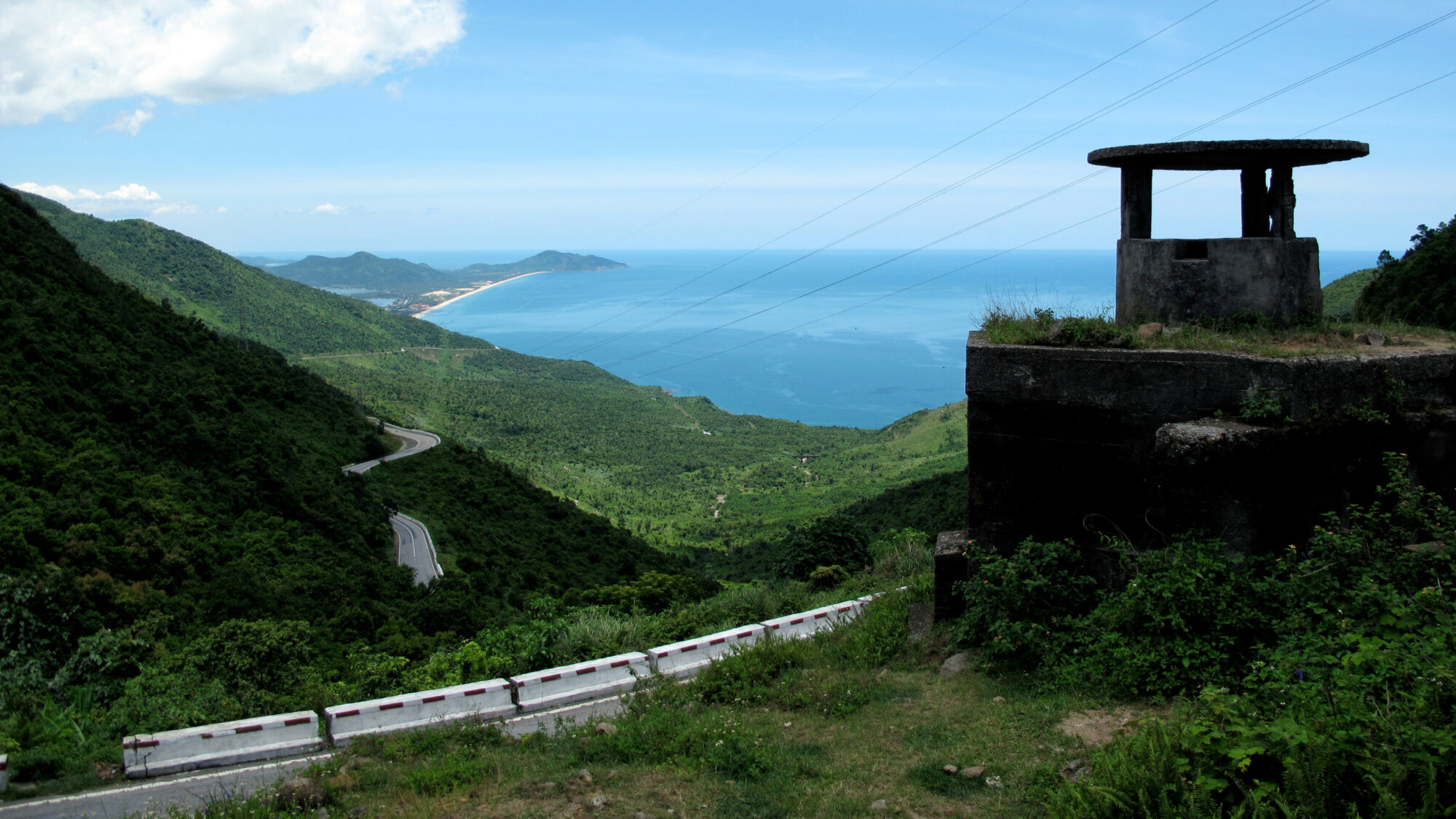

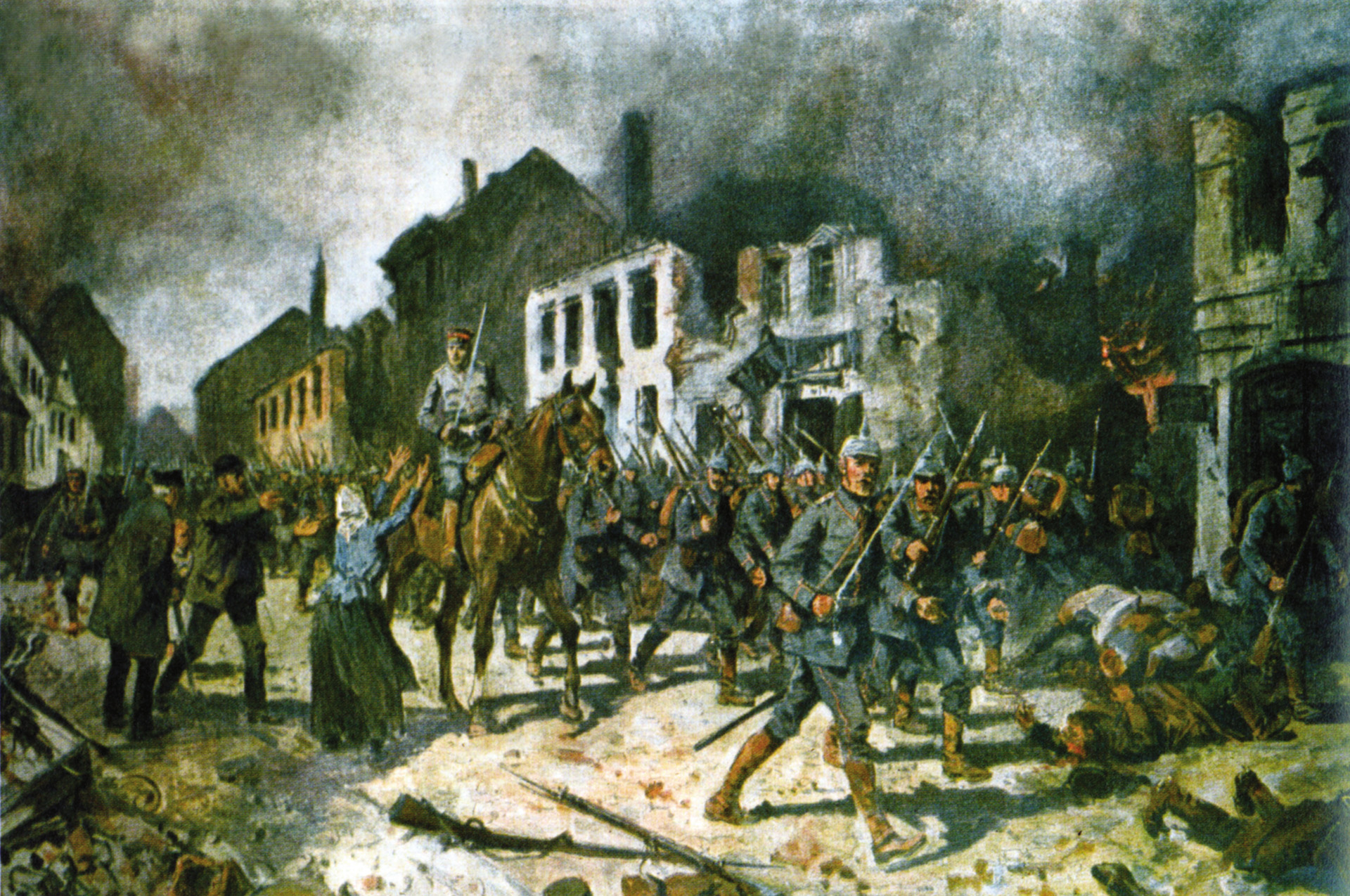
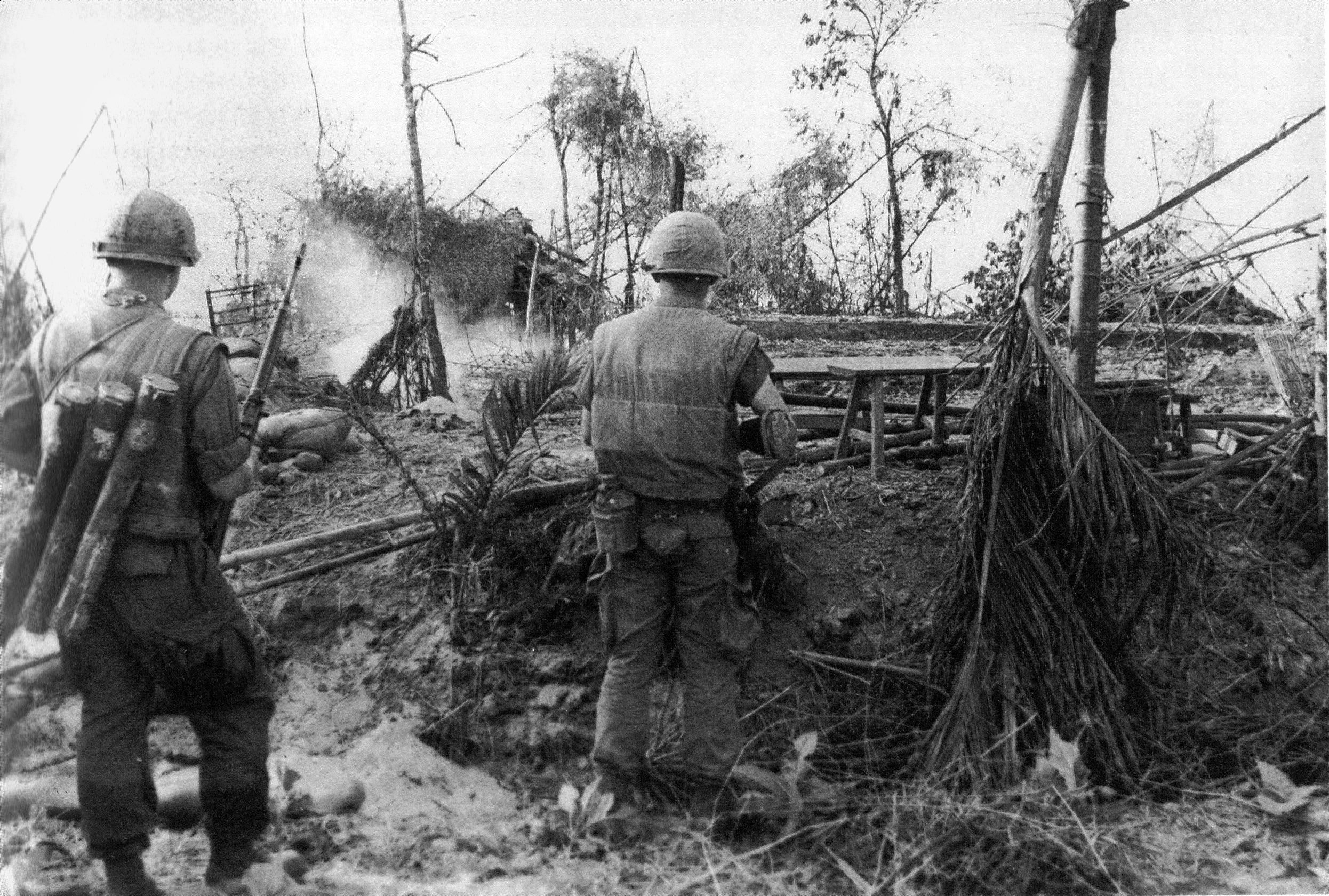
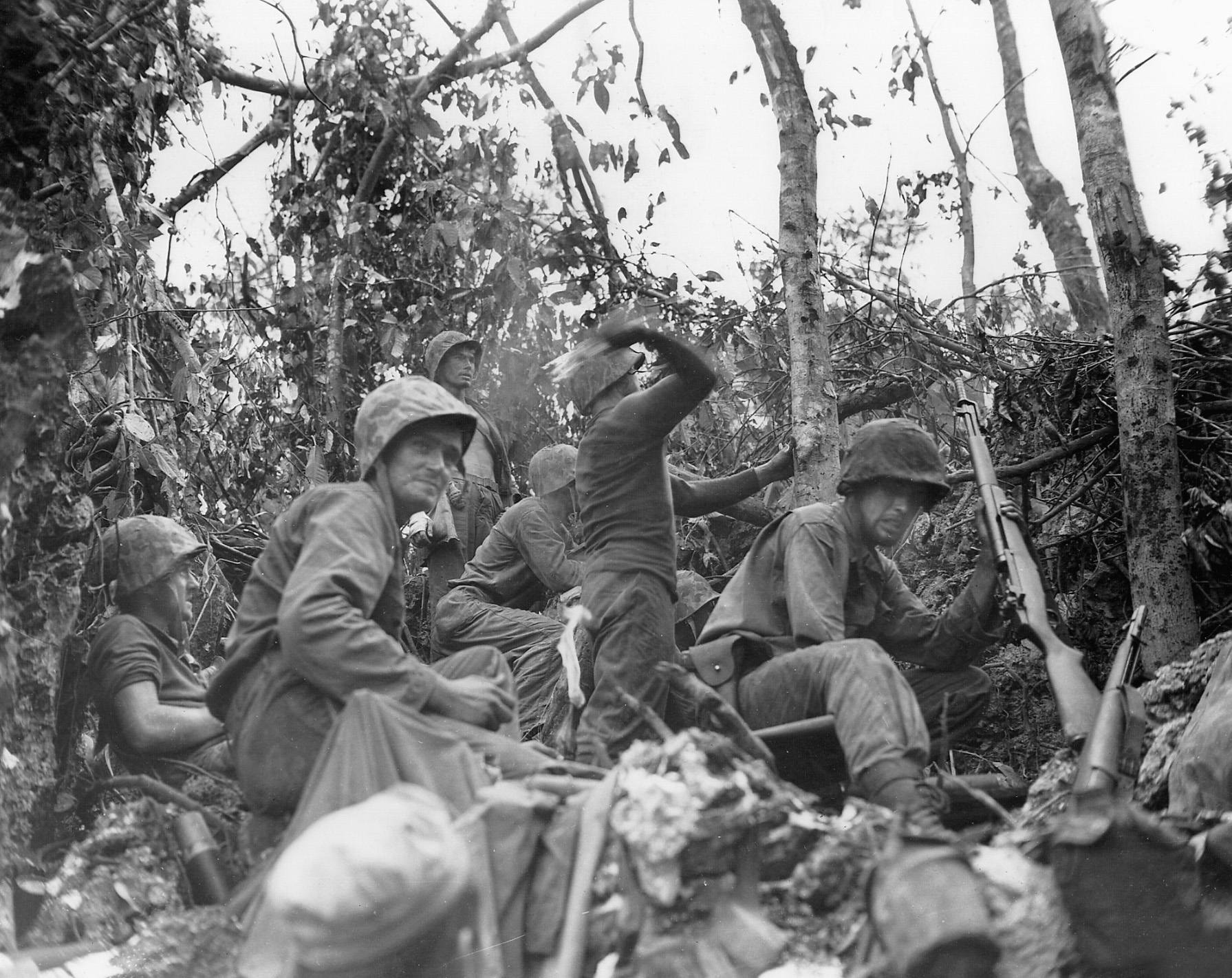


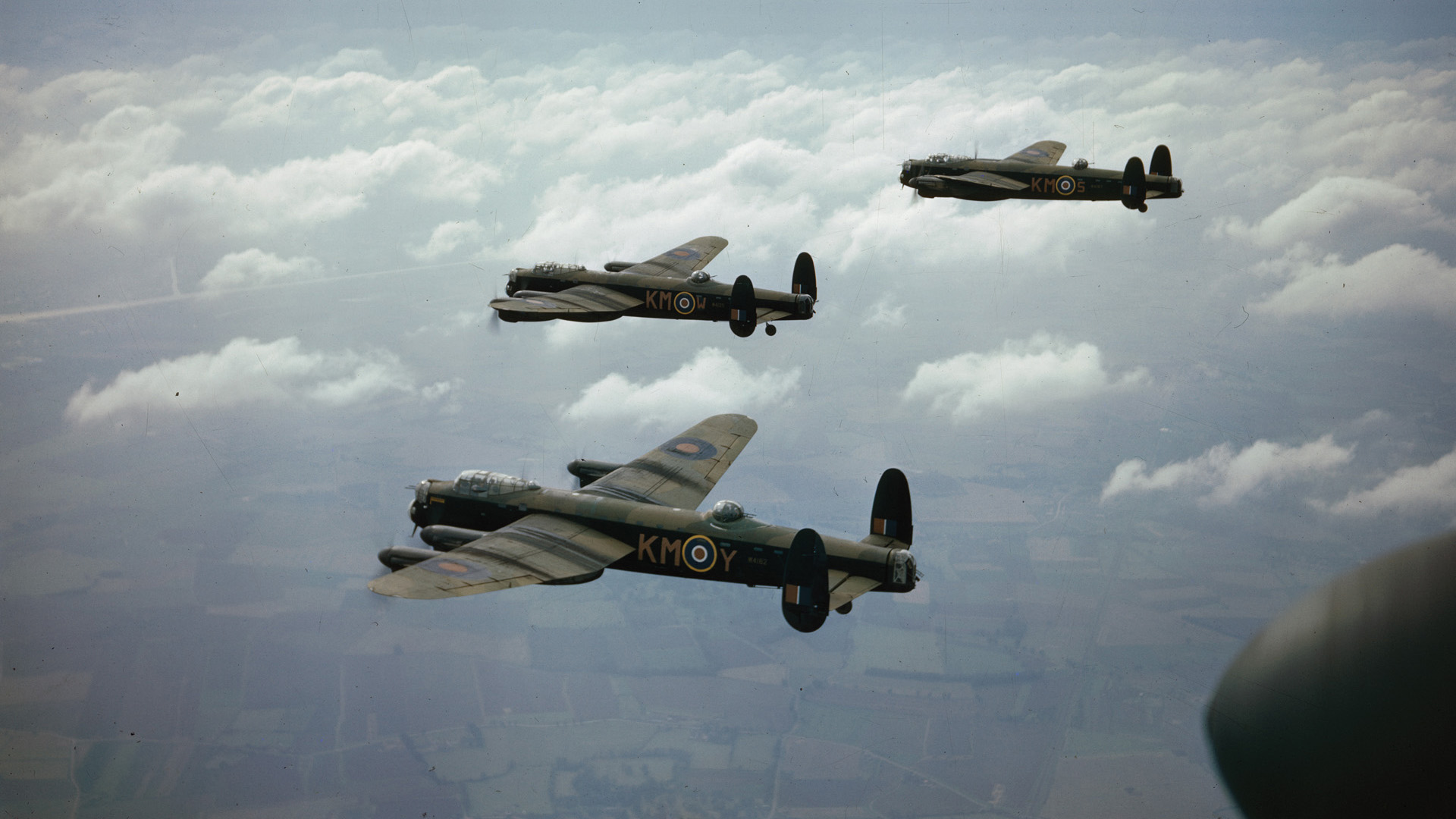
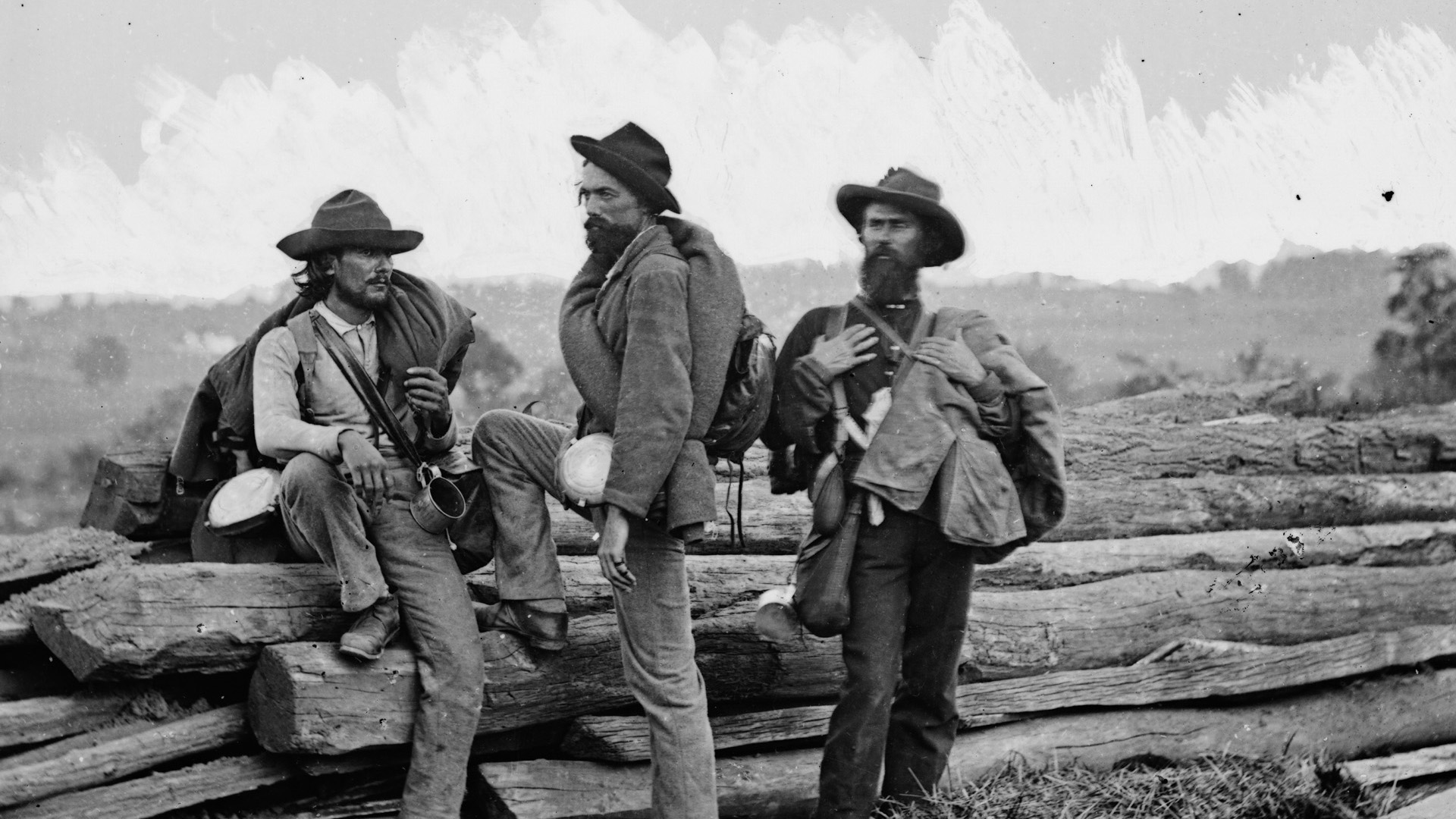

Join The Conversation
Comments
View All Comments